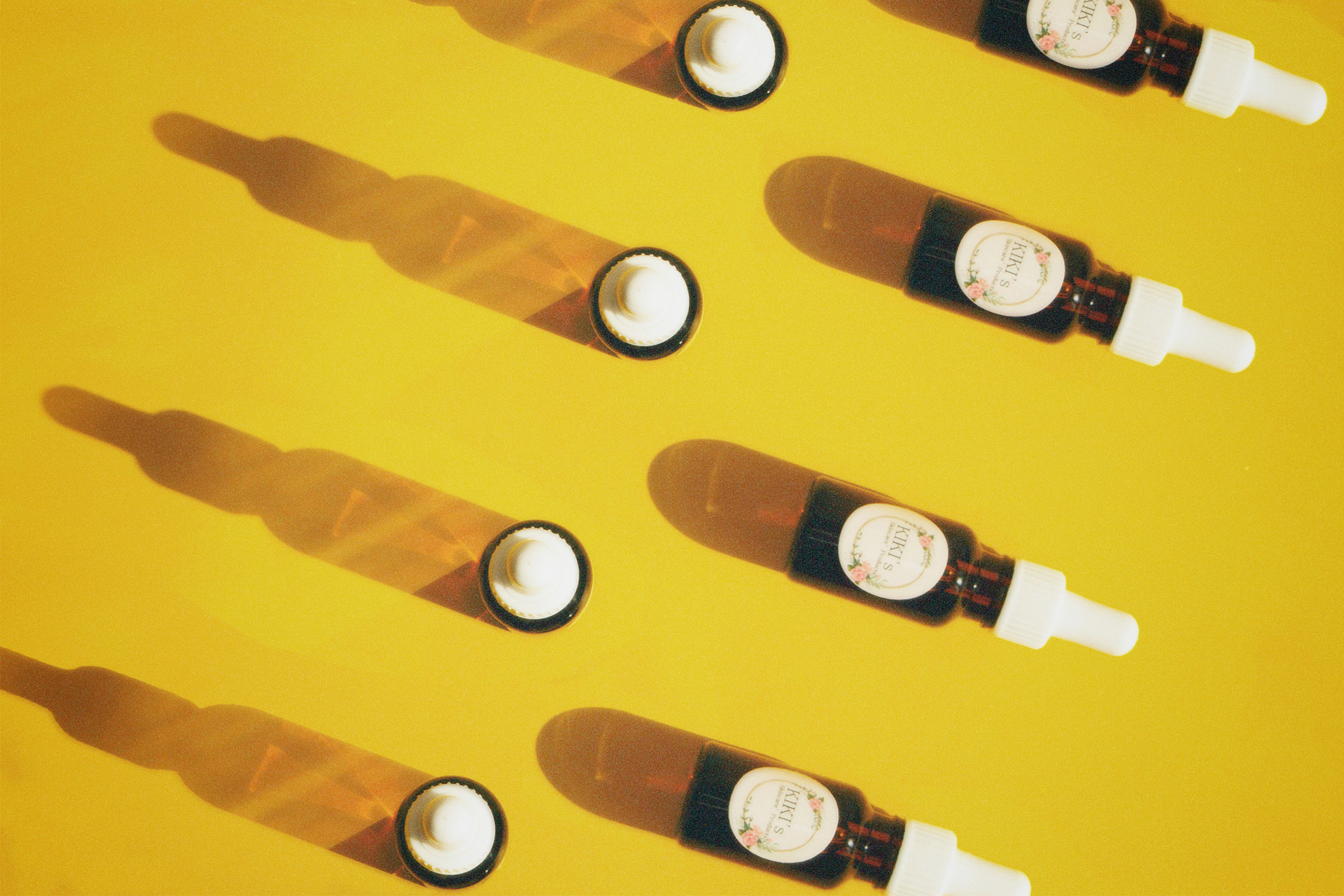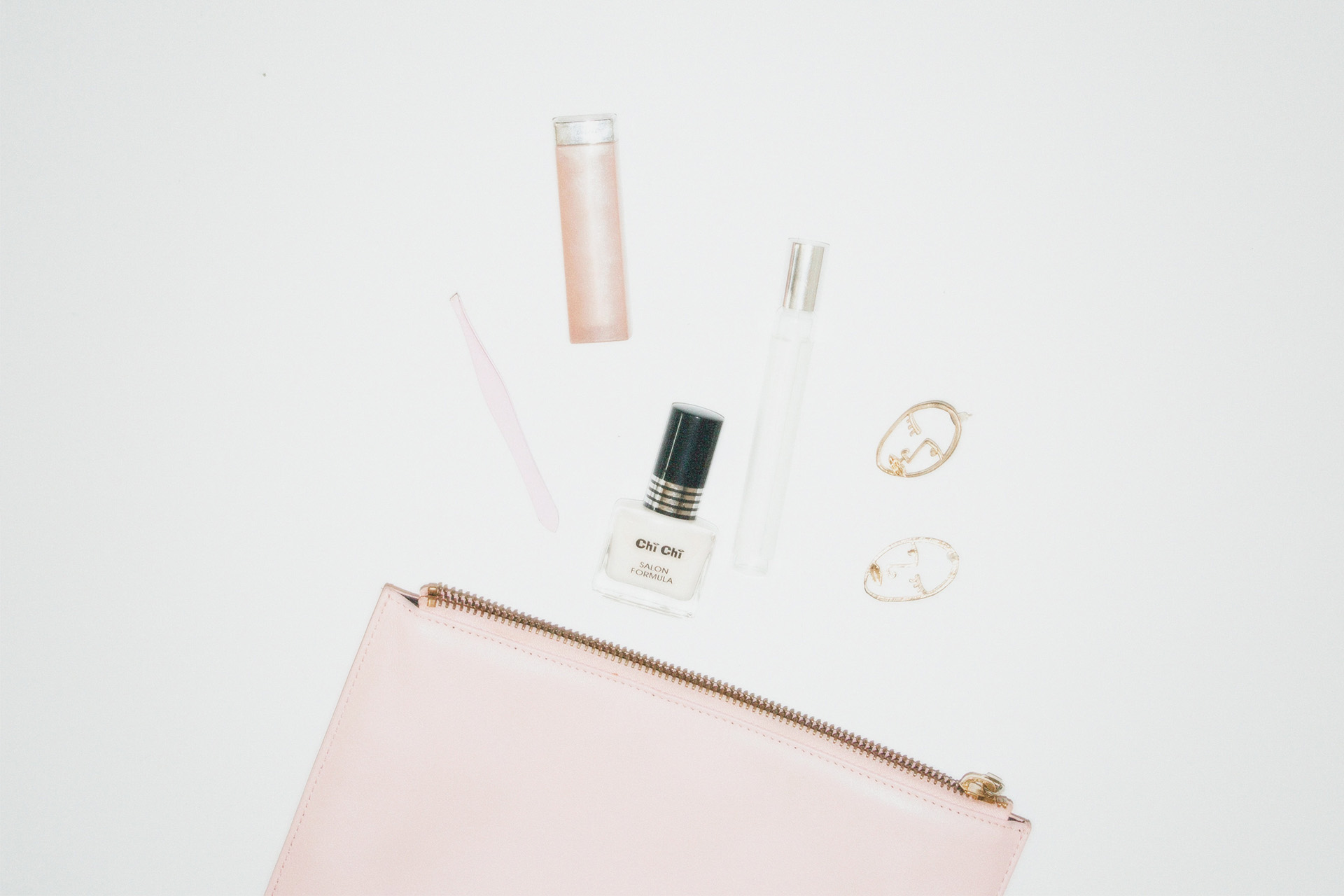In the ever-evolving world of beauty and aesthetics, cosmetic procedures have become increasingly popular. From dermal fillers to Botox, these treatments offer a range of enhancements that can help individuals achieve their desired look. However, not all cosmetic procedures yield the desired outcome, and some people may seek to reverse these enhancements. Whether due to dissatisfaction, complications, or a change in personal preference, understanding how to safely and effectively reverse cosmetic procedures is crucial. In this comprehensive guide, we will explore various methods to reverse cosmetic procedures, the considerations involved, and tips for maintaining healthy skin during the process.
Understanding the Need for Reversal
Reasons for Reversal
There are several reasons why someone might want to reverse a cosmetic procedure. These can include:
- Unsatisfactory Results: The outcome of a cosmetic procedure may not meet the individual’s expectations, leading to a desire for reversal.
- Complications: Adverse reactions or complications, such as infections or allergic reactions, can necessitate the removal or adjustment of a cosmetic enhancement.
- Change in Preference: Over time, personal preferences and aesthetic goals can change, prompting individuals to seek a different look.
- Maintenance Issues: Some cosmetic procedures require ongoing maintenance, which might become burdensome or undesirable for the individual.
Importance of Professional Guidance
Reversing a cosmetic procedure should always be done under the guidance of a qualified professional. Attempting to reverse treatments without proper expertise can lead to further complications and undesirable outcomes. Consulting with a board-certified dermatologist or plastic surgeon is essential to ensure safety and efficacy.
Reversing Dermal Fillers
Types of Dermal Fillers
Dermal fillers are injectable substances used to add volume, smooth wrinkles, and enhance facial contours. The most common types of dermal fillers include:
- Hyaluronic Acid (HA) Fillers: Brands like Juvederm and Restylane are popular examples.
- Calcium Hydroxylapatite: Found in products like Radiesse.
- Poly-L-Lactic Acid: Used in Sculptra.
- Polymethyl Methacrylate (PMMA): Found in Bellafill.
Methods of Reversal
- Hyaluronidase for HA Fillers: Hyaluronic acid fillers can be dissolved using an enzyme called hyaluronidase. This enzyme breaks down the HA, allowing the body to absorb it. The effects of hyaluronidase are usually seen within 24 to 48 hours, making it a quick and effective reversal method.
- Steroid Injections for Nodules: In cases where fillers cause nodules or granulomas, steroid injections can help reduce inflammation and dissolve the lumps.
- Surgical Removal: For non-HA fillers like PMMA, surgical removal might be necessary. This procedure should be performed by an experienced plastic surgeon to minimize risks.
Considerations
- Timing: The timing of reversal can impact the effectiveness. Early intervention is often more successful.
- Allergic Reactions: Be aware of potential allergic reactions to reversal agents like hyaluronidase.
Reversing Botox
How Botox Works
Botox (botulinum toxin) works by temporarily paralyzing muscles to reduce the appearance of wrinkles. Its effects typically last between three to six months.
Methods of Reversal
- Time: The primary method to reverse Botox is to wait for its effects to wear off naturally. This can take several months.
- Neuromodulators: In rare cases, other neuromodulators can be used to counteract Botox, but this is not commonly recommended due to potential complications.
Considerations
- Patience: Patience is key, as the effects of Botox will diminish over time.
- Physical Therapy: Gentle facial exercises might help speed up the process of muscle movement returning to normal.
Reversing Lip Fillers
Specific Challenges
Reversing lip fillers can be particularly challenging due to the sensitive nature of the lip area and the prominence of this facial feature.
Methods of Reversal
- Hyaluronidase for HA Fillers: As with other HA fillers, lip fillers can be dissolved using hyaluronidase.
- Steroid Injections: For complications like lumps, steroid injections might be used.
Considerations
- Swelling and Bruising: The lips are prone to swelling and bruising, so expect some recovery time after reversal.
- Professional Expertise: Ensure the procedure is performed by a professional with experience in lip fillers to avoid asymmetry and other issues.
Reversing Permanent Makeup
Types of Permanent Makeup
Permanent makeup, also known as cosmetic tattooing, includes procedures like eyebrow microblading, lip tinting, and eyeliner tattooing.
Methods of Reversal
- Laser Removal: Laser treatments can effectively remove permanent makeup by breaking down the pigment particles.
- Saline Solution: A saline solution can be injected into the tattooed area to draw out the pigment.
- Chemical Removers: Some professionals use chemical solutions designed to remove tattoo pigments.
Considerations
- Multiple Sessions: Reversal might require multiple sessions, depending on the depth and color of the pigment.
- Skin Sensitivity: Be aware of potential skin sensitivity and scarring.
Reversing Body Contouring Procedures
Types of Procedures
Body contouring procedures include treatments like liposuction, CoolSculpting, and radiofrequency fat reduction.
Methods of Reversal
- Surgical Correction: Surgical intervention might be necessary to correct asymmetry or other issues resulting from body contouring procedures.
- Massage and Physical Therapy: For non-invasive treatments like CoolSculpting, massage and physical therapy can help improve results and address complications.
Considerations
- Recovery Time: Surgical corrections require recovery time and might involve some discomfort.
- Consultation: Thorough consultation with a qualified surgeon is essential to understand the risks and benefits.
Maintaining Healthy Skin Post-Reversal
Skincare Routine
Maintaining a consistent and effective skincare routine is crucial after reversing a cosmetic procedure. This includes:
- Cleansing: Use a gentle cleanser to keep your skin clean without causing irritation.
- Moisturizing: Hydrate your skin with a suitable moisturizer to promote healing and maintain elasticity.
- Sun Protection: Apply broad-spectrum sunscreen daily to protect your skin from UV damage.
Nutrition and Hydration
Proper nutrition and hydration play a vital role in skin health. Consuming a balanced diet rich in vitamins and antioxidants can support the skin’s healing process and overall appearance.
Professional Follow-Up
Regular follow-up appointments with your dermatologist or aesthetician are important to monitor your skin’s progress and address any concerns promptly.
Psychological Considerations
Emotional Impact
Reversing a cosmetic procedure can have emotional implications. It’s important to be prepared for the psychological aspects, including:
- Managing Expectations: Understand that reversal may not always restore your original appearance perfectly.
- Emotional Support: Seek support from friends, family, or a mental health professional if you experience anxiety or stress related to the reversal.
Self-Care and Confidence
Engage in self-care practices that promote overall well-being and confidence. This might include activities like meditation, exercise, and hobbies that bring joy and relaxation.
Conclusion
Reversing cosmetic procedures is a complex process that requires professional expertise, patience, and careful consideration. Whether dealing with dermal fillers, Botox, lip fillers, permanent makeup, or body contouring procedures, understanding the available methods and their implications is crucial for achieving safe and satisfactory results. By maintaining a healthy skincare routine, seeking professional guidance, and addressing the psychological aspects, individuals can navigate the reversal process with confidence and care. The advancements in aesthetic treatments and reversal techniques continue to evolve, offering hope and solutions for those seeking to undo their cosmetic enhancements.




